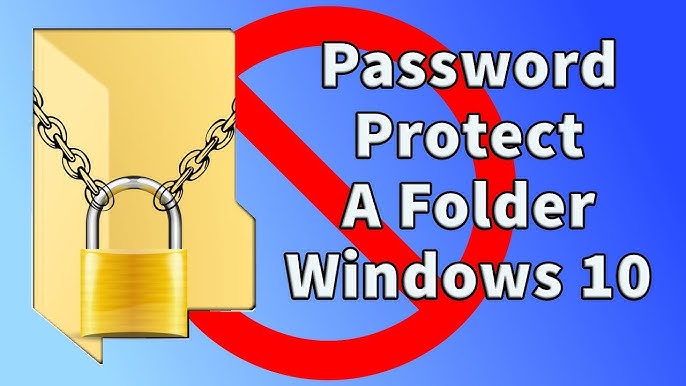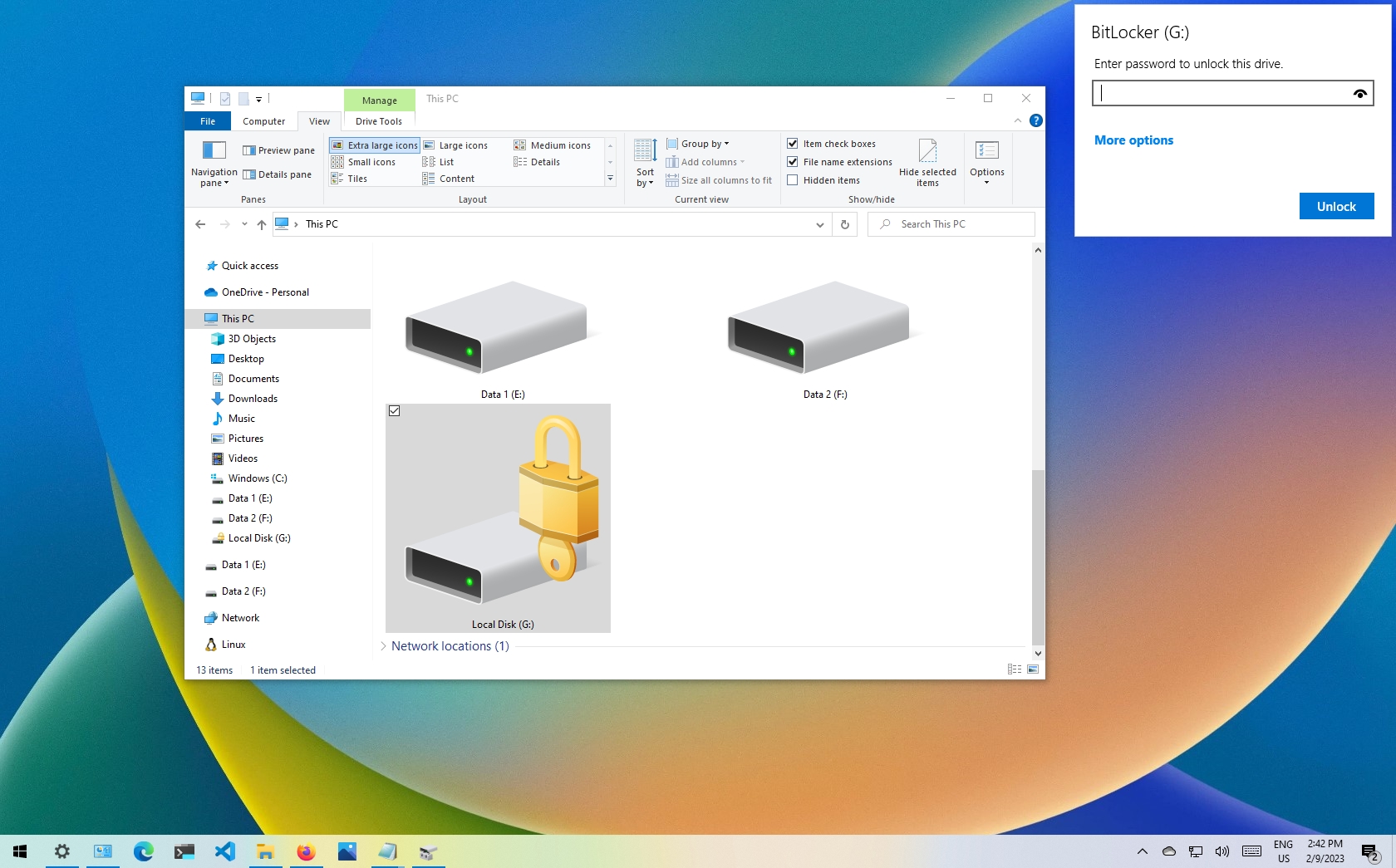In today’s digital world, keeping sensitive files secure is more important than ever. Whether it’s personal documents, financial records, or confidential work files, password-protecting a folder in Windows 10 ensures that only authorized users can access your data.
Unfortunately, Windows 10 doesn’t have a built-in feature to password-protect folders directly, but there are several reliable workarounds. In this step-by-step guide, we’ll cover the best methods to lock your folders and keep your data safe.

Why Should You Password Protect a Folder?
Before diving into the steps, let’s understand why folder protection matters:
- Prevent unauthorized access – Keep personal or sensitive files away from prying eyes.
- Secure confidential data – Protect financial records, legal documents, or business files.
- Avoid accidental deletions – Locking a folder prevents accidental modifications.
Now, let’s explore the most effective ways to password-protect a folder in Windows 10.
Method 1: Use Built-in Windows Encryption (BitLocker)
If you have Windows 10 Pro, Enterprise, or Education, you can use BitLocker to encrypt folders.
Steps to Encrypt a Folder with BitLocker:
- Right-click the folder you want to protect and select Properties.
- Click the Advanced button under the General tab.
- Check the box for Encrypt contents to secure data and click OK.
- Back in the Properties window, click Apply > OK.
- Windows will prompt you to back up your encryption key—save it securely (e.g., USB drive or cloud storage).
Note: BitLocker encrypts the folder but doesn’t add a password prompt. Instead, only your user account can access it.
Method 2: Create a Password-Protected ZIP Folder
A simple way to lock a folder is by compressing it into a password-protected ZIP file.
Steps to Password-Protect a ZIP Folder:
- Right-click the folder you want to secure and select Send to > Compressed (zipped) folder.
- Open the ZIP file, click File > Add a password.
- Enter a strong password and confirm it.
- Click OK—now, anyone trying to open files inside the ZIP will need the password.
Tip: Use tools like 7-Zip or WinRAR for stronger encryption options.
Method 3: Use Third-Party Folder Locking Software
If you prefer a more user-friendly solution, try these trusted tools:
- Folder Guard – Easy drag-and-drop password protection.
- Wise Folder Hider – Free and secure folder locker.
- VeraCrypt – Advanced encryption for highly sensitive data.
Which Method Should You Choose?
| Method | Best For | Ease of Use | Security Level |
|---|---|---|---|
| BitLocker | Full-drive encryption | Moderate | High |
| ZIP Password | Quick file protection | Easy | Medium |
| Third-Party Tools | Extra features like stealth mode | Easy | High |
Final Thoughts
Password-protecting a folder in Windows 10 is essential for data security. While Windows doesn’t offer a direct way, these methods ensure your files stay private. For maximum security, consider BitLocker (for encryption) or third-party tools (for ease of use).
🔒 Pro Tip: Always use a strong, unique password and back up important files!
Got questions? Drop them in the comments below!

